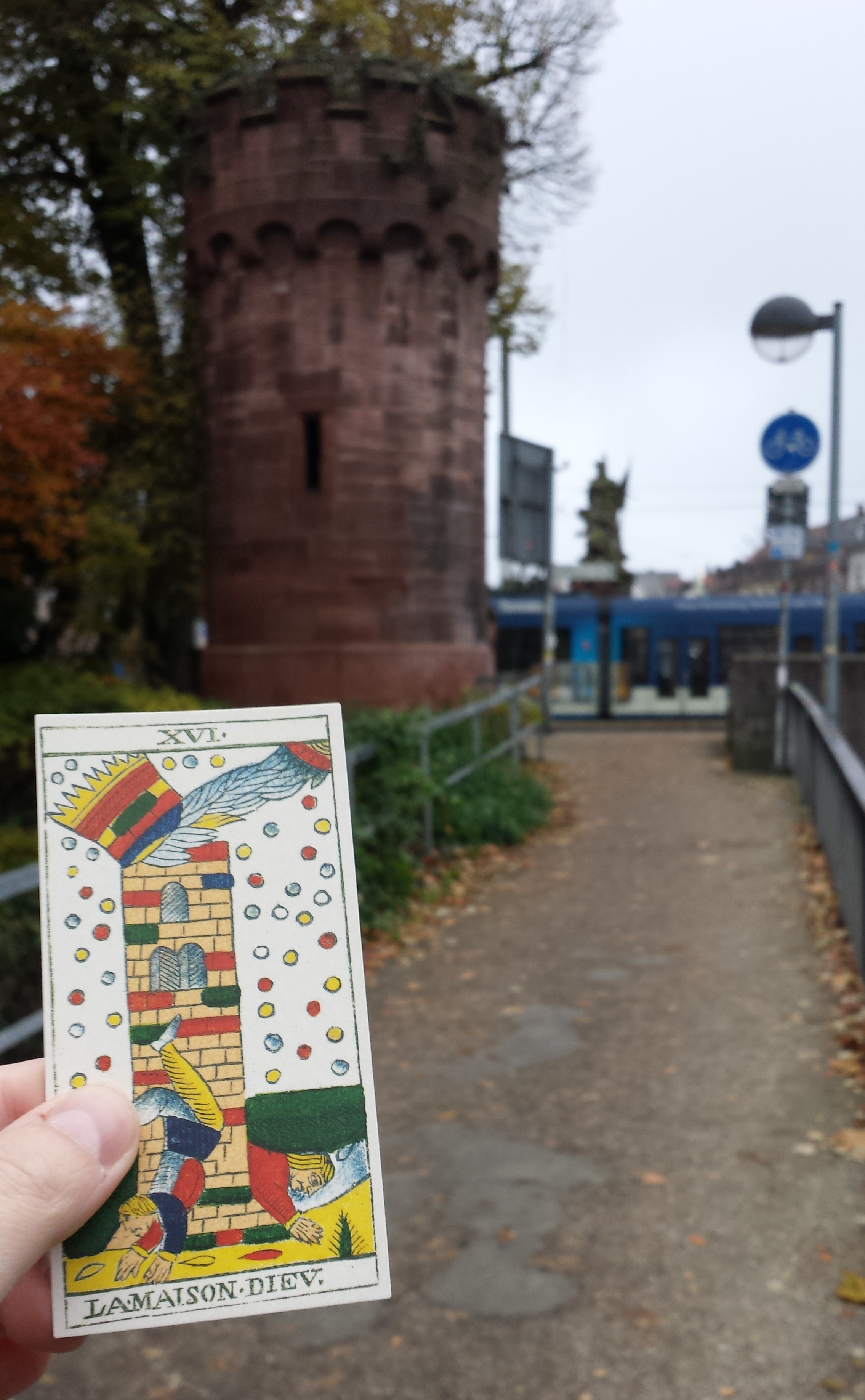A 3-layered model for process management
If you are up to improving the efficiency of your workplace, department or processes in the company at large you need to know as a key figure how complex your proposal would be to implement. In general you could think of a multitude of software aids, but nothing can compare to a human mind that considers all the details of daily office practice.
Nothing can compare to a human mind that considers all the details of daily office practice.
So, where could you start? Here is a 3-layered model which I use to analyze business processes in my day job, carry out implementations of new concepts as well as ecology checks. And if you are well versed in project management or NLP, you are already aware how essential ecology checks are for rating feasibility:
This general model has its foundation in Ferdinand de Saussure´s Œuvre who discriminated language into
- langage, the general and abstract skill of human beings,
- langue, those rules and thinkable sentences in a language
- and parole, concrete utterances.
Basic process management provides also a 3-layered model (differentiating management, production and supporting processes), hence you can apply any idea or proposal to a correspondent 3×3 matrix. With this you will be able to rate
- the feasibility of costs for implementation, e.g. is it a totally new idea on level 1 (low feasibility) or a known variation on 2nd level (derivable costs),
- which stakeholders and to what extent have to be introduced and considered,
- on what kind of level the change has to start, e.g.is it some kind of technical change that will be carried by the staff unemotionally or is it an extensive approach in word-of-mouth-marketing including new communicative policies? Do you just need more webspace and e-mail accounts or do you need key characters exemplifying an attitude?
- and much much more.
In a nutshell: to change or introduce an idea, process or proposal you have to identify the current processes with regard to management, production and support aspects and then clarify the idea in general, subsequently looking for any traceable rules that may apply and finally planning the actual implemenation.
This technique also applies to stage, e.g. when you are working on a topic that hasn´t been presented, played out on stage yet.

